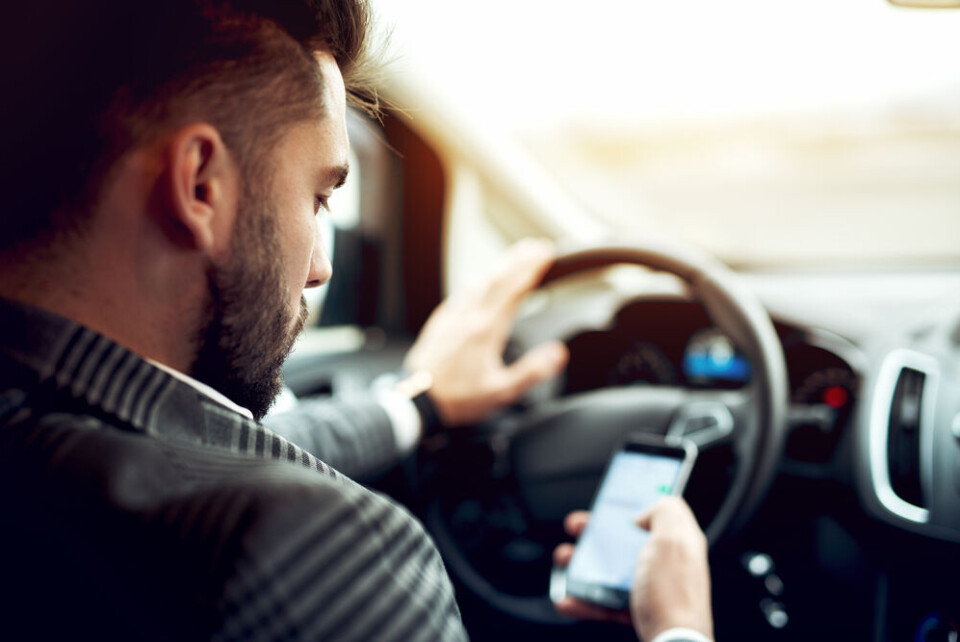-
French farmer protests: where roadblocks and disruption are restarting
A major demonstration is planned for Paris as well as a ‘siege’ of Toulouse
-
Snow causes transport havoc across France - more expected tonight
More than 1,000 kilometres of traffic jams were recorded in the Paris area. Some roads are closed and flights, buses and trains impacted, with six deaths recorded
-
French court hands out prison sentences and damages in Brigitte Macron cyberbullying cases
Ten people were found guilty over online comments claiming the president wife is a transexual woman and paedophile
New cars in France must soon have camera to see if driver distracted
The rules come as part of an EU aim to reduce road deaths to zero by 2050

New cars sold in France will soon be required to have a camera installed to monitor if the driver is distracted or sleepy, in accordance with new European regulation.
The car camera will identify if drivers look at the in-vehicle screen (or away from the road) for too long - longer than 3.5 seconds at speeds of 50 km/h or more, or longer than 6 seconds at speeds of 20-50 km/h.
The camera will work both day and night, no matter what the driver is wearing over their eyes (such as a cap, sunglasses, or false eyelashes).
The new system will be required in all new vehicles approved by manufacturers in Europe from July 7, 2024, under new European regulation known as ‘GSR2 (General Safety Regulation 2)’, specifically the Réglement délégué (UE) 2023/2590.
This was drawn up by the European Commission on July 13, 2023, supplementing Regulation (EU) 2019/2144 of the European Parliament and of the Council.
‘Look at the road’ and ‘take a break’
If distraction is detected, the car will then display a ‘Look at the road’ message, also turning on lights to pull the driver’s attention back to the road ahead. If there are multiple periods of inattention detected, the system will advise the driver to ‘Take a break!’.
The system is designed to prevent drivers from becoming distracted or from falling asleep, and to be safer and more precise than previous ‘anti-distraction’ methods.
It takes the drowsiness detection systems (Driver Monitoring System (DMS) - already required in certain vehicles since July 2022 - a step further, by monitoring drivers’ attention using an infrared camera.
This is more advanced than existing systems, which only use sensors in other parts of the vehicle to detect driver behaviour (such as on the steering wheel).
"[The new system] will be able to detect various points on the face: the position of the head and orientation, but above all the rate of closure of the eyelids or the blinking of the eyes,” said Ayla Vanden Driessche, business development manager for driver assistance systems at mobility expert Forvia, to BFMTV.
‘Zero deaths by 2050’
The new regulation is part of the European Union’s ‘zero road deaths by 2050’ aim. Figures from French road authority show that a tired driver is three to four times more likely to have an accident.
Eventually, it is thought that these new systems could develop, and - with the help of smartphone apps - could promote driver alertness even further, including suggesting more rousing music, adjusting the interior ambience, or increasing screen brightness.
Read also
Six changes for drivers and road rules in France in 2024
4 tips to stay safe and check icy roads in real-time in France
69% of drivers polled admit to using phone while driving in France
























